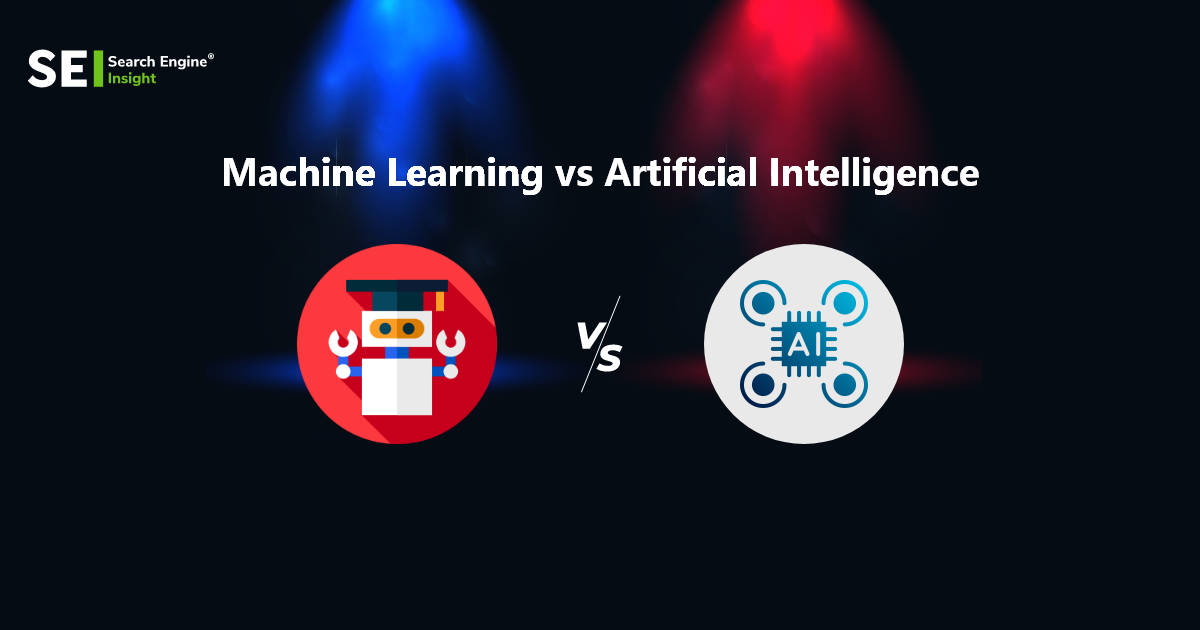Machine Learning vs. Artificial Intelligence
In AI, the term “artificial intelligence” (AI) is interchangeable with the term “machine learning” (ML). Both concepts are frequently discussed when discussing Big Data, analytics, and the more significant waves of technological change sweeping our world. We, therefore, determined that it would be advantageous to create a post to clarify the distinction. Artificial intelligence and machine learning are interrelated. Comparing AI and machine learning is a comparison of the two due to their interdependence.
Therefore, the best response is: Artificial intelligence is a more general term for the idea that machines can perform tasks in a “smart” manner. On the other hand, Machine learning and other contemporary AI applications are based on the notion that computers should be able to learn on their own given the right data.
Table of Contents
What Does "Artificial Intelligence" Mean?
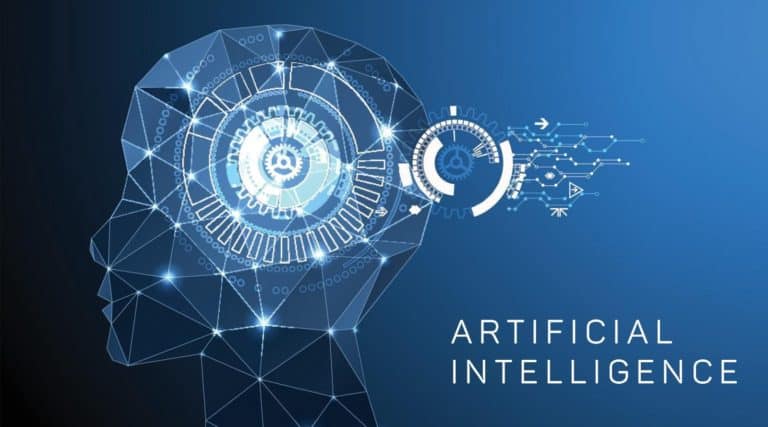
Artificial intelligence is the capability of a computer system to mimic human cognitive capabilities like learning and problem-solving. A computer system that uses AI combines arithmetic and logic to mimic the decision-making process used by humans to learn from new knowledge.
Different Forms of Artificial Intelligence
The different types of artificial intelligence are as follows;
Memory Issues
These systems use archival information that has been updated over time. The knowledge being discussed is transient.
Cognitive theory
This category includes systems capable of understanding how human emotions impact decision-making. They are instructed on how to adjust their behavior properly.
Automated Responses
These systems respond quickly. These systems don’t retain information or form judgments based on previous experiences.
Sense of oneself
Self-awareness is a consideration in the design and construction of these systems. They are conscious of their inner selves, anticipate others’ emotions, and behave appropriately.
What Does Machine Learning Mean?
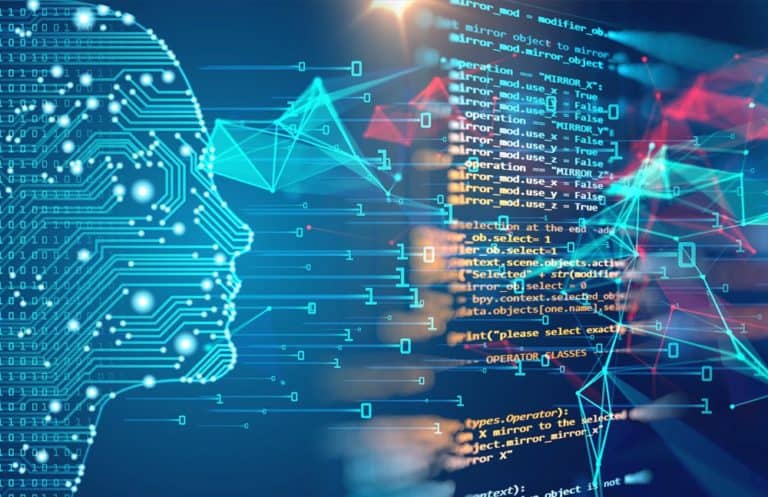
It is a technique for assisting a computer in learning without having to be explicitly instructed. Machine learning is one application of AI. As a result, a computer system can independently learn from its past experiences and grow.
Various Machine Learning Techniques
Machine learning algorithms can be divided into three categories:
Supervised Learning
The objective variable in supervised learning has already been determined because the data has been labeled. The input and output variables of a model must be present to train it. Based on historical data, systems may forecast future events using this kind of learning.
Learning Through Rewarding Success
An agent can learn how to carry out a task in a challenging setting through reinforcement learning. When the environment makes observations and rewards the agent, the agent responds by transmitting actions to the environment. The reward illustrates how well the action met the task’s goal.
Unsupervised Learning
Unsupervised learning algorithms use unlabeled data so they can find patterns on their own. The systems can uncover hidden characteristics in the given data. Patterns and resemblances become more apparent as the data are made more understandable.
Connection Between Artificial Intelligence & Machine Learning
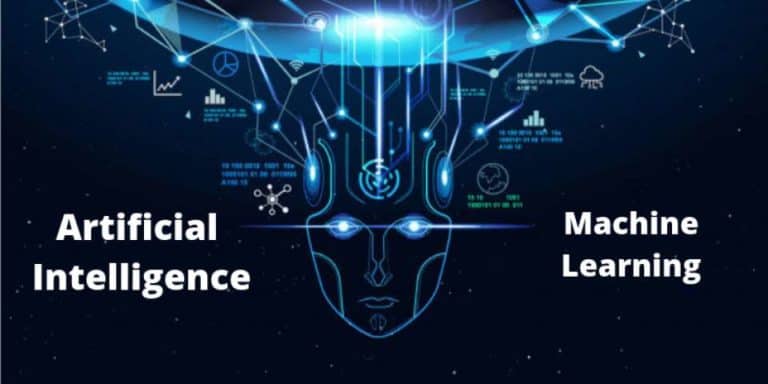
The debate between artificial intelligence and machine learning primarily centers on how they interact because of their close relationship. Machine learning is the process by which artificial intelligence emerges in a computer system. Artificial Intelligence allows intelligent computers to complete tasks and imitate human thought independently. Utilizing neural networks, a collection of algorithms modeled after the human brain, is one method for teaching a computer to simulate human reasoning. The neural network aids in implementing deep learning for AI by the computer system.
Artificial Intelligence vs Machine Learning Interactions
Considering how they interact when determining this difference is useful, given the close relationship between artificial intelligence and machine learning. Machine learning and AI interact as follows:
Step 1
Machine learning and other methods are used in the development of Artificial Intelligence systems.
Step 2
The development of machine learning models is possible through the analysis of data patterns.
Step 3
Machine learning models are optimized based on data trends.
Step 4
Until the accuracy of the models is adequate for the current tasks, the steps are repeated and altered.
Capabilities of Artificial Intelligence and Machine Learning
Almost every industry finds new opportunities due to artificial intelligence and machine learning interactions. Businesses have used the following skills to change their operations and products:
Forecasting using Data Analysis
This capability aids businesses in predicting trends and behavioral patterns by identifying cause-and-effect relationships in data.
Engines that Offer Suggestions
Companies use recommendation engines to suggest products that a user might find interesting based on data analysis.
Natural language Comprehension and Speech Recognition
A computer system can recognize words in spoken language using speech recognition, whereas natural language understanding interprets the meaning of words in written or spoken language.
Imaging and Video Processing
These abilities enable the use of services like visual search and identifying individuals, objects, and activities in images and videos.
Emotional assessment
The positive, neutral, and negative sentiments expressed in the text are recognized and categorized by a computer system using sentiment analysis.
Advantages of Machine Learning and Artificial Intelligence
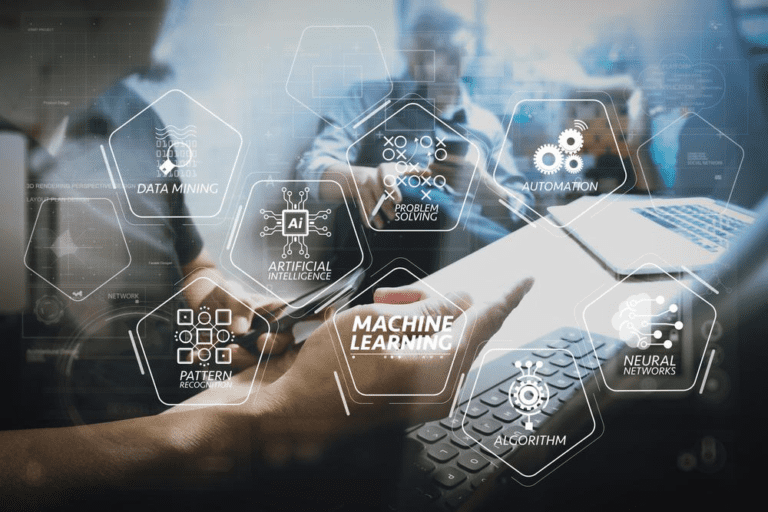
Nearly all industries can benefit greatly from the interaction between artificial intelligence and machine learning, and new possibilities are constantly emerging. Among the numerous advantages that businesses have already identified, the following are just a few:
Additional Informational Sources
A wide range of structured and unstructured data sources can be analyzed with artificial intelligence and machine learning.
Greater Operational Effectiveness
Businesses can increase efficiency, lower costs, and save time and resources for other priorities by automating AI and machine learning processes
Accelerated and Improved Decision-Making
Using AI and machine learning, businesses can make better data-driven decisions and reduce human error.
Machine learning and Artificial Intelligence Applications
Many businesses are creating applications that benefit from the interaction between machine learning and artificial intelligence. Several examples of how artificial intelligence and machine learning are assisting businesses in modernizing their processes and products are given below:
Banking and Finance
AI and machine learning are critical technologies in the financial industry for various reasons, such as fraud detection, risk prediction, and more proactive financial advice.
Retail
Retailers use AI and ML to create recommendation systems, control their inventory, and improve the customer experience through visual search.
Manufacturing
Manufacturing businesses use AI and machine learning to optimize operations and scheduled maintenance.
Sales and Marketing
Sales and marketing teams use AI and machine learning to personalize offers, optimize campaigns, forecast sales, analyze sentiment, and predict customer churn.
Cybersecurity
By identifying anomalies, AI and machine learning are powerful cybersecurity tools that assist companies in safeguarding themselves and their clients.
Healthcare
Applications like image processing for better cancer detection and predictive analytics for genomics research are examples of how health organizations use AI and machine learning.
Customer Service
Companies use chatbots and cognitive searches across various industries to answer questions, decipher customer intent, and offer virtual assistance.
Transportation
It is advantageous for companies to apply AI and machine learning to transportation to improve route efficiency and apply predictive analytics for things like traffic projections.
Difference Between Artificial Intelligence and Machine Learning
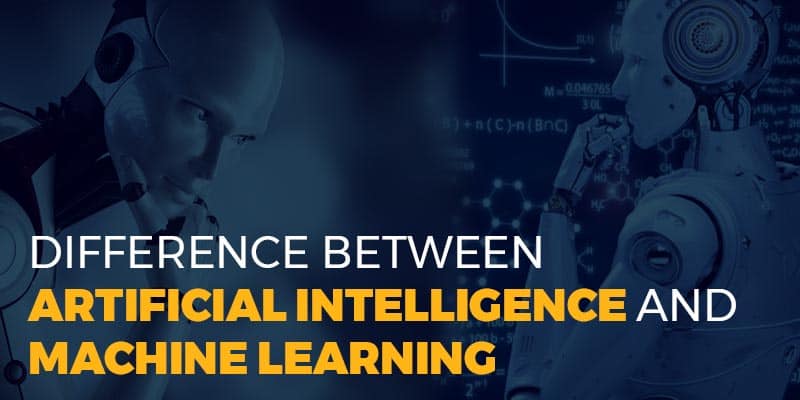
The differences between artificial intelligence and machine learning are as follow;
Sr. | Artificial Intelligence | Machine Learning |
It mimics natural intelligence to solve complex problems. | Learning from data on specific tasks is the objective to maximize performance on those tasks. | |
2. | AI is capable of processing structured, semi-structured, and unstructured data. | ML can only work with structured and semi-structured data. |
3. | A larger family of AI systems includes ML and DL. | Machine learning includes AI as a subset. |
4. | Artificial intelligence, or AI, refers to the capacity to learn and apply knowledge. | The growth of knowledge or skill is the definition of machine learning (ML). |
5. | There are many applications for AI. | Machine learning has a limited application. |
6. | The goal is to increase the likelihood of success rather than focus on accuracy. | The main goal is to improve accuracy; success is optional. |
7. | AI is primarily employed for: Customer service robots like Catboat, Siri, and Sophia, as well as expert systems and machine translation tools like Google Translate | The following are the most typical applications for machine learning:
|
8. | AI will seek out the most suitable response. | ML will select a solution, regardless of whether it is the best option. |
9. | AI aims to create intelligent systems capable of handling various difficult tasks. | Using machine learning, machines can only perform tasks for which they have been trained. |
10. | AI ultimately produces wisdom or knowledge. | Knowledge is produced by machine learning. |
| 11. | Making decisions is at the heart of AI. | With machine learning, systems can discover new information from data. |
12. | It carries out tasks intelligently, much like software. | In this situation, the task system machine collects data and gains knowledge from it. |
13. | There are three main categories of AI:
| ML can be categorized into three main groups:
|
14. | Solving issues entails developing a system that resembles people. | It is necessary to develop self-learning algorithms. |
Frequently Asked Questions
Q. Is it possible for me to learn machine learning and AI independently?
Ans. Even though learning AI on your own is more difficult than learning a programming language like Python, it is possible. Various tools, including blogs, YouTube videos, and free online courses, can be used to learn about AI.
Q. Are math skills required for AI and ML?
Ans. The three primary areas of mathematics used in data science and artificial intelligence—linear algebra, calculus, and probability—will all be covered in this course.
Q. Is Python required for AI and machine learning?
Ans. The process of creating AI and ML applications is difficult and time-consuming. However, Python is compatible with a wide range of libraries. It is primarily for this reason that developers prefer it to other programming languages. Importing libraries into the editor and calling their functions can reuse already-written code.
Q. Will ML engineers replace AI engineers in the future?
Ans. There is no need for concern among engineers using machine learning. Although the use of AI in computer science is growing quickly, it frequently works in conjunction with rather than in place of the expertise of experts like software and machine learning engineers.
Q. Which is more effective, machine learning or AI?
Ans. AI has a variety of applications. While there are a few uses for machine learning. Artificial intelligence aims to build a machine with intelligence that can handle a range of difficult tasks. In machine learning, tools are created that can only perform tasks programmed for them.
Q. Do machine learning and artificial intelligence intersect?
Ans. Despite having many similarities, artificial intelligence and machine learning are two different ideas. A component of artificial intelligence is machine learning.
The Final Words
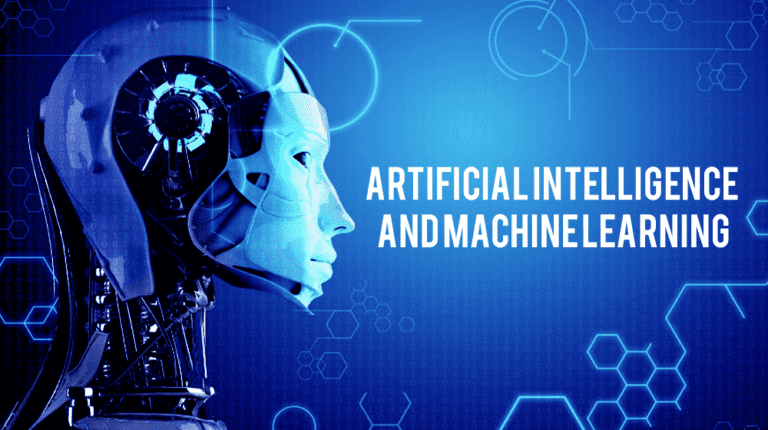
In contrast to artificial intelligence (AI), machine learning (ML) has several benefits. The consensus among technologists was that it was inevitable that AI would one day resemble humans. The promise of automation in routine tasks and innovative thinking will benefit the financial, medical, manufacturing, and other sectors. Marketers have undoubtedly realized the potential of machine learning. Given how long AI has existed, it’s likely that it has already lost some of its novelty before realizing its full potential. Therefore, remember that AI and ML are different since they are goods that are regularly and profitably sold.
Although there have been some false starts in the “AI revolution,” the term “machine learning” offers marketers something fresh, upbeat, and, most importantly, firmly rooted in the here and now. Without a doubt, we are moving faster and closer to that objective than ever before. Fundamental shifts in our understanding of how AI works made possible by machine learning have played a significant role in the exhilarating advancement of recent years. We anticipate you will understand the differences between machine learning and artificial intelligence. Please let us know in the comments about your thoughts.
Read More: Will Artificial Intelligence Replace SEOs?
